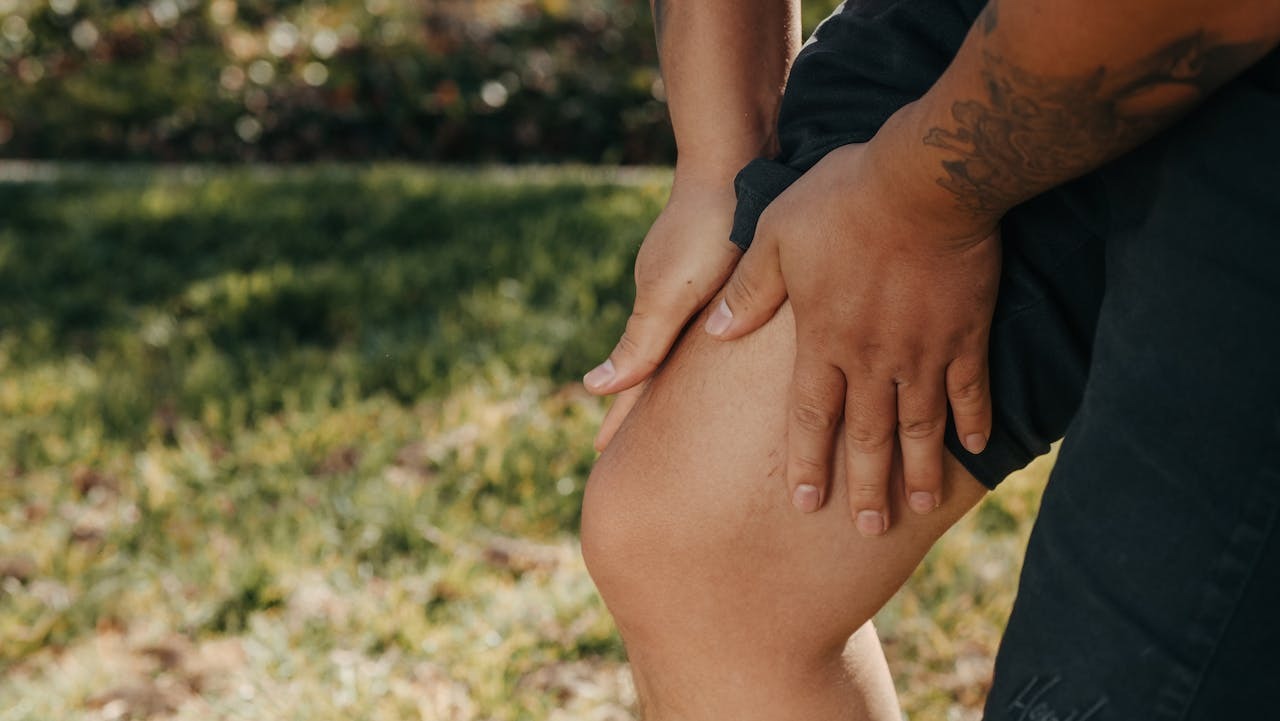Chronic sports injuries, such as knee arthritis, pose significant challenges for athletes. These conditions often lead to persistent pain, reduced mobility, and compromised performance. Low-Level Laser Therapy (LLLT), also known as Photobiomodulation Therapy (PBMT), offers a non-invasive, drug-free option to manage these long-term injuries, reducing pain and promoting tissue repair.
How Does Laser Therapy Help Manage Chronic Sports Injuries?
Laser therapy uses red and near-infrared light to penetrate deep into tissues, targeting the cellular level. By stimulating mitochondria, LLLT enhances energy production, reduces inflammation, and accelerates natural healing processes. This approach is particularly effective for chronic injuries, helping athletes regain function and alleviate discomfort. The Handy Cure Low-Level Laser Therapy Device is a practical solution for athletes to manage injuries conveniently at home.
Key Benefits of Laser Therapy for Chronic Injuries
- Pain Relief: LLLT reduces nerve sensitivity and inflammation, providing lasting pain relief for chronic conditions like knee arthritis.
- Improved Mobility: By alleviating stiffness and inflammation, laser therapy helps restore range of motion.
- Accelerated Tissue Repair: The therapy promotes the regeneration of damaged tissues, aiding long-term recovery.
- Drug-Free Treatment: Ideal for athletes seeking alternatives to pain medications or invasive procedures.
- Non-Invasive and Safe: Laser therapy offers a natural approach with minimal side effects, suitable for regular use.
Top 5 Questions About Laser Therapy for Chronic Sports Injuries
1. How Does Laser Therapy Relieve Pain in Chronic Injuries Like Knee Arthritis?
Laser therapy works by reducing inflammation and desensitizing pain receptors. The red and near-infrared light penetrates deep into the joint tissues, enhancing circulation and stimulating the body’s natural healing processes. This provides relief from the persistent pain associated with arthritis.
2. Can Laser Therapy Reverse Chronic Conditions or Just Manage Symptoms?
While laser therapy does not completely reverse chronic conditions like advanced arthritis, it significantly slows progression by promoting tissue repair and reducing inflammation. For many athletes, it can restore functionality and greatly improve quality of life.
3. How Frequently Should Athletes Use Laser Therapy for Chronic Injuries?
For chronic conditions, sessions 3-4 times per week are often recommended. Consistent use of the Handy Cure Low-Level Laser Therapy Device ensures optimal results and long-term relief.
4. Is Laser Therapy Safe for Long-Term Use?
Yes, LLLT is safe for extended use. Unlike medications, which may have side effects or risks of dependency, laser therapy offers a natural, non-invasive treatment option. Athletes can incorporate it into their regular recovery routines without concern.
5. Can Laser Therapy Be Combined with Other Treatments?
Absolutely. Laser therapy complements other treatments like physical therapy, stretching, and strength training. It can also be used alongside traditional medical treatments to enhance recovery and pain management.
Why Consider Laser Therapy for Chronic Sports Injuries?
Managing chronic sports injuries requires a comprehensive approach that minimizes pain, restores function, and enhances quality of life. Low-Level Laser Therapy (LLLT) offers a scientifically proven solution to address these challenges, making it an ideal option for athletes who want to stay active and pain-free.
The Handy Cure Low-Level Laser Therapy Device brings the benefits of laser therapy into your home, empowering you to manage chronic injuries effectively and conveniently.
